Creating a stunning garden doesn’t have to break the bank, and whether you’re just getting your hands dirty for the first time or have years of soil under your nails, there’s a place for you in this vibrant world of budget-friendly gardening. The joy of nurturing a garden lies not in the expense of exotic plants or elaborate designs, but in the creativity and resourcefulness that transform your space into a personal oasis, rich with life and color.
In this article, we’ll explore how to make the most of your gardening budget by uncovering cost-saving strategies and clever hacks that both beginners and seasoned gardeners can implement with ease. You’ll discover how to choose plants that thrive in your climate, learn the art of repurposing everyday items into garden tools, and unlock the secrets to sourcing affordable, quality materials that will help your garden flourish without financial strain.
Embarking on this journey with us means embracing a sustainable gardening philosophy that is as gentle on your wallet as it is on the environment. By the end of this piece, you’ll feel empowered to cultivate a garden that mirrors your vision and values, all while keeping your budget in check.
Plan a Cost-Effective Layout
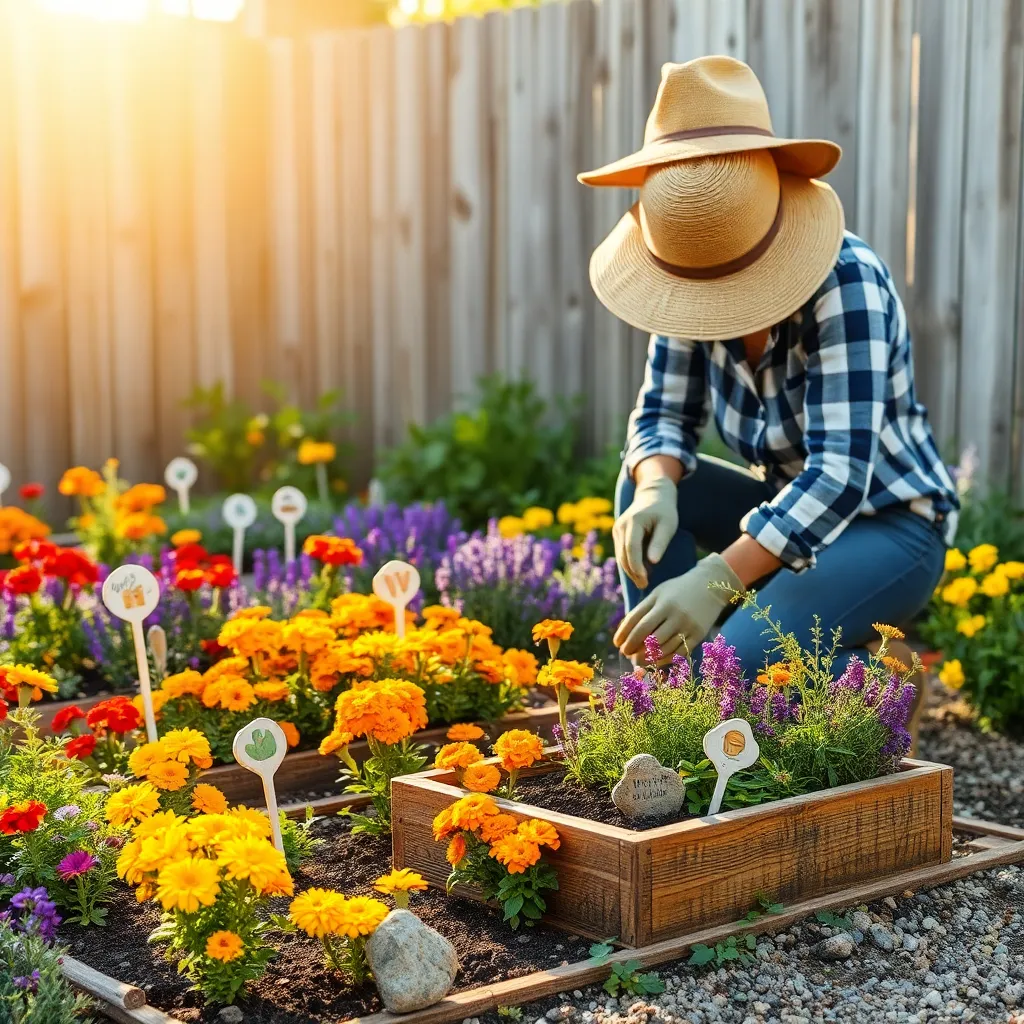
Start by assessing your garden space to determine the most effective layout for your needs. Consider the light conditions, soil quality, and available space to maximize productivity and aesthetics.
Think creatively about plant placement to take advantage of natural resources like sunlight and water. For instance, grouping plants with similar water and light needs can simplify maintenance and improve growth.
Use vertical space to your advantage by installing trellises or hanging planters, which can be particularly cost-effective in smaller gardens. Vertical gardening not only saves space but also adds visual interest and depth to your garden.
Implement crop rotation and companion planting techniques to enhance soil fertility and control pests naturally. Rotate plant families each season to prevent soil depletion and plant complementary species together to improve growth and repel insects.
For those with more experience, consider incorporating a mix of perennials and annuals to create a diverse and resilient garden. Perennials provide long-term structure and continuity, while annuals offer seasonal color and variety.
Select Affordable Plant Varieties
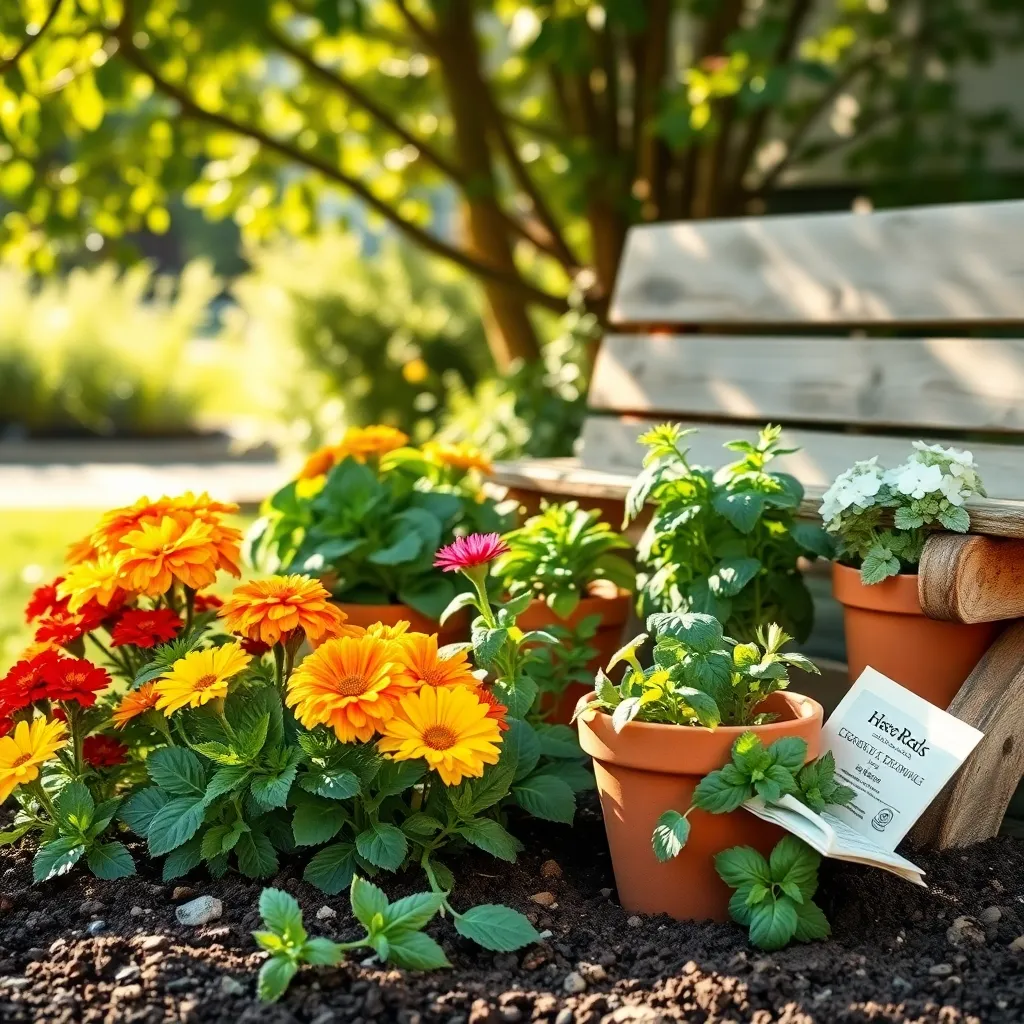
Choosing affordable plant varieties is a smart way to create a lush garden without spending too much. Opt for perennials such as daylilies and hostas, which return year after year, offering long-term value for your investment.
Consider selecting native plants, as they are often more budget-friendly and require less maintenance. These plants are already adapted to local conditions, making them hardy and more resistant to pests and diseases.
Beginner gardeners may find success with easy-to-grow annuals like marigolds and zinnias. These plants thrive in various soil types and bloom prolifically with regular watering and full sunlight.
Advanced gardeners can propagate their own plants by collecting seeds from existing flowers or taking cuttings from friends’ gardens. This technique not only saves money but also allows for personalized plant selection and the satisfaction of nurturing plants from scratch.
Utilize Recycled Gardening Materials
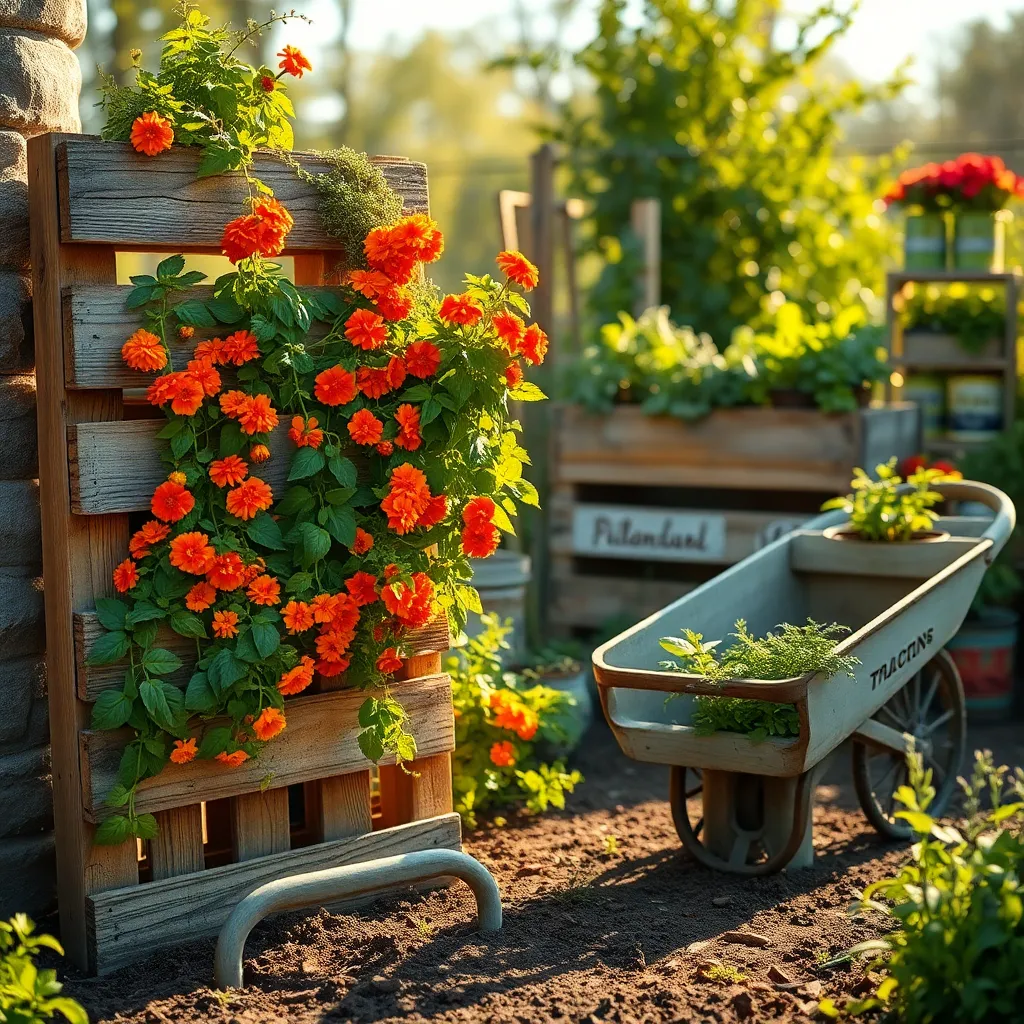
Transforming everyday waste into gardening assets can be both environmentally friendly and budget-friendly. For example, you can use eggshells as a natural fertilizer by crushing them and sprinkling them around your plants to add calcium to the soil.
Another simple recycling tip involves using old newspapers as weed barriers. Before laying mulch, spread a few layers of newspaper on the soil to suppress weeds while helping the soil retain moisture.
Plastic bottles can be turned into effective watering devices for your garden. Cut the bottom off a bottle, bury the neck into the soil near your plants, and fill it with water to allow slow, consistent hydration.
For those with a compost pile, utilizing kitchen scraps like fruit peels and coffee grounds can significantly enhance your soil quality. Regularly turning and adding to your compost ensures a rich, nutrient-dense medium for planting.
Create DIY Compost and Mulch
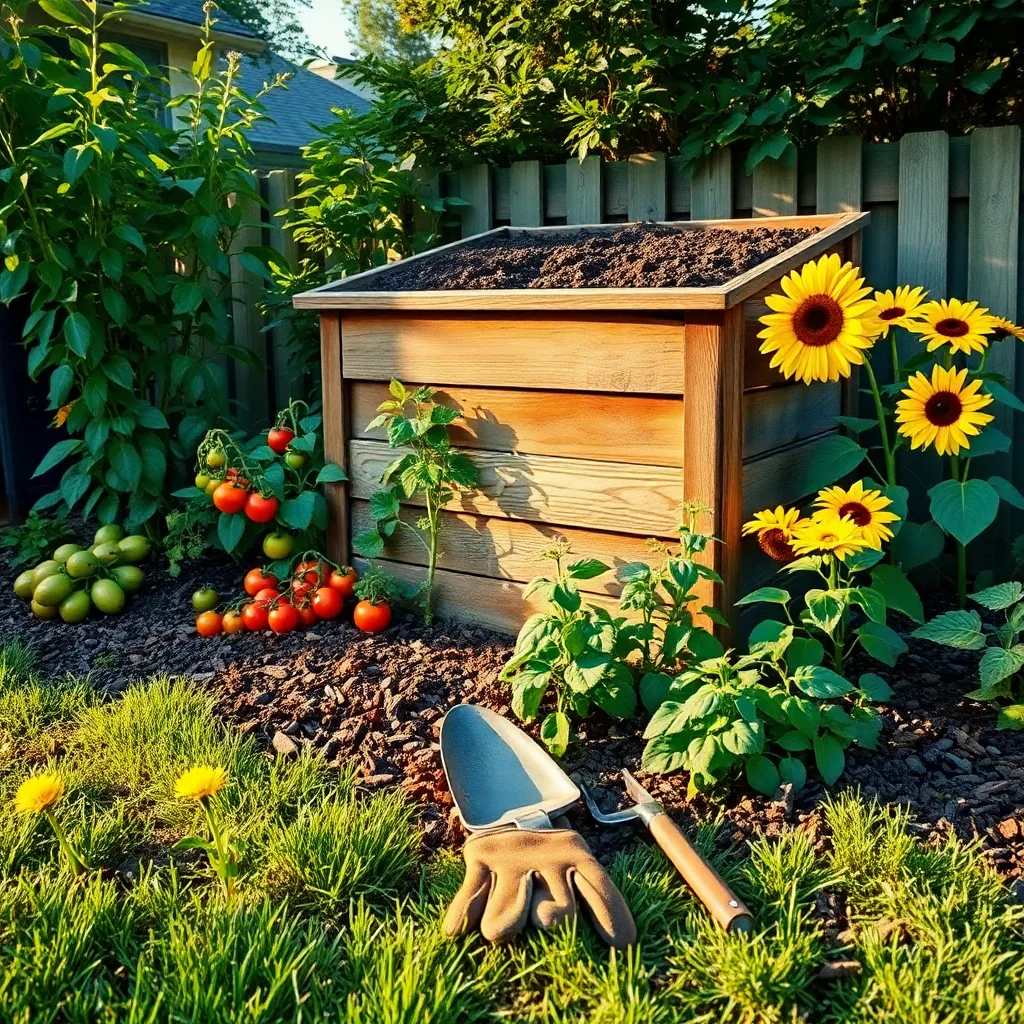
Creating your own compost is an excellent way to enrich your garden soil while saving money. Start by collecting kitchen scraps like vegetable peelings, coffee grounds, and eggshells, and layer them with yard waste such as leaves and grass clippings.
To speed up the decomposition process, ensure your compost pile is slightly moist and turned regularly. This allows for better aeration and faster breakdown of materials, resulting in a rich, dark compost ready to enhance your garden.
For beginners, a simple open-air compost heap works well, but more advanced gardeners might consider a compost bin to maintain heat and moisture levels. Using a bin can also help reduce pests and keep your compost area tidy.
Once your compost is ready, spread a layer about 2-3 inches thick across your garden beds to improve soil structure and nutrient content. Compost not only enriches the soil but also encourages beneficial microorganisms that help plants thrive.
Mulching is another cost-effective way to maintain a beautiful garden. Use organic materials like shredded leaves, bark, or straw to cover the soil surface around your plants.
This practice helps retain moisture, suppress weeds, and regulate soil temperature, benefiting both your plants and your water bill. For an advanced touch, try using cocoa hulls or pine needles, which can add a decorative element while providing the same benefits.
Mulch should be applied 2-4 inches deep, taking care not to smother the plant stems. Regularly replenishing your mulch as it breaks down will keep your garden looking fresh and maintain its protective benefits.
Implement Smart Watering Techniques
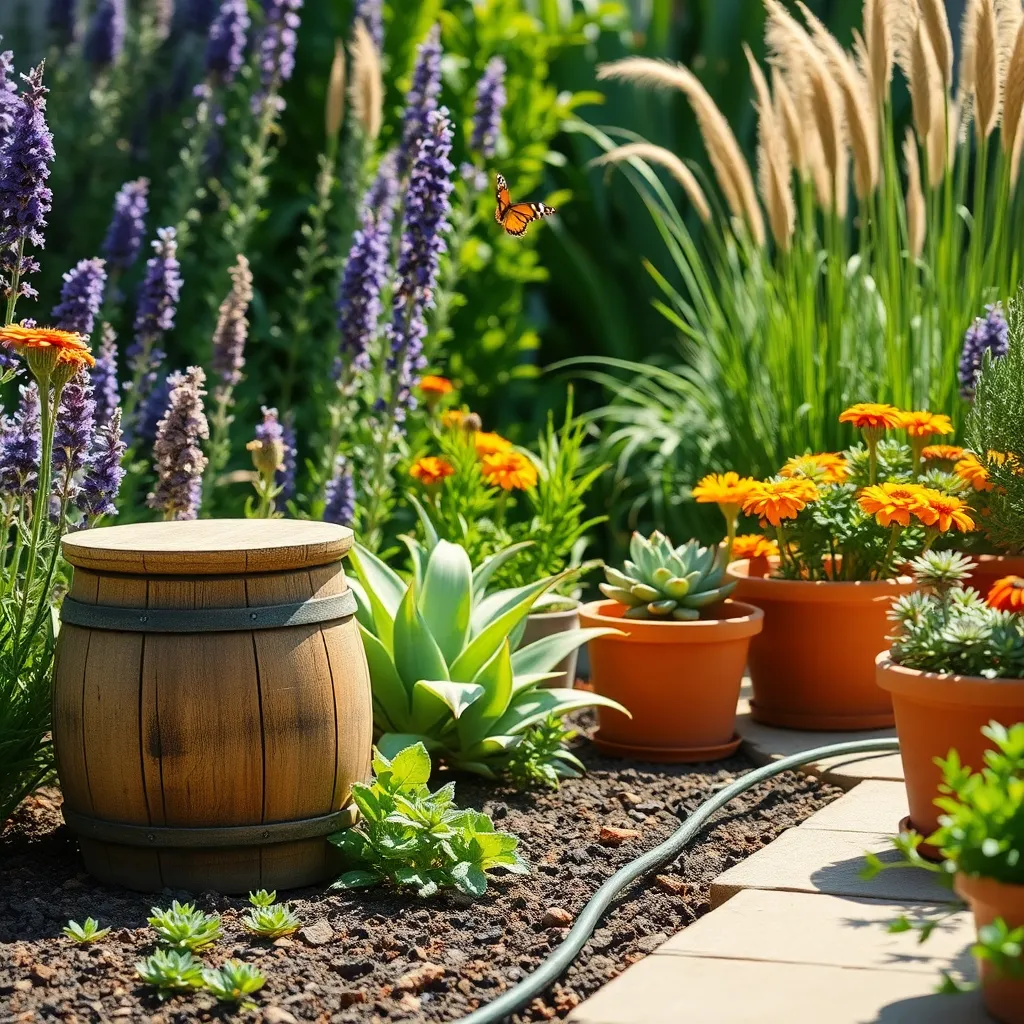
Watering is crucial for a thriving garden, but it doesn’t have to be expensive. Implementing smart watering techniques can help you conserve water and save money, all while ensuring your plants stay healthy and hydrated.
One effective method is to water early in the morning or late in the evening. This reduces evaporation, allowing more water to reach your plants’ roots where it’s needed most.
Installing a drip irrigation system can be an excellent investment. While the initial setup might require some effort, it delivers water directly to the plant base, minimizing wastage and maximizing efficiency.
Consider using mulch as it helps retain soil moisture and reduces the need for frequent watering. A layer of organic mulch, such as wood chips or straw, can also suppress weeds, enhancing your garden’s overall health.
For those on a budget, repurposing plastic bottles to create a simple irrigation system can work wonders. By drilling small holes in the cap and burying the bottle near plant roots, you can ensure a steady water supply without overspending.
Experiment with rainwater harvesting by setting up barrels to collect rainwater from your roof. This is not only eco-friendly but also provides a free source of water that’s perfect for your plants.
Conclusion: Growing Success with These Plants
In your journey to cultivate a thriving garden, we’ve explored five essential relationship concepts: nurturing growth through consistent care, embracing patience as beauty unfolds, communicating with your garden’s unique needs, fostering a harmonious environment, and celebrating small victories along the way. These principles not only apply to your garden but can also enrich the relationships in your life, teaching you the art of nurturing connections both in nature and with loved ones.
As an immediate step, why not set aside time this weekend to plan your garden layout, considering both the physical space and the emotional investment it represents? This exercise will not only ground your gardening ambitions but also offer insights into how you might cultivate deeper relationships.
Remember, every successful relationship—whether with plants or people—requires ongoing attention and care. Bookmark this article now for quick access to the insights and steps that can guide your gardening and relational journey. As you continue to apply these principles, you’ll find not only a flourishing garden but also more meaningful and resilient relationships in your life. Let’s grow something beautiful together.
